Unique and wonderful nature of the islands of the world
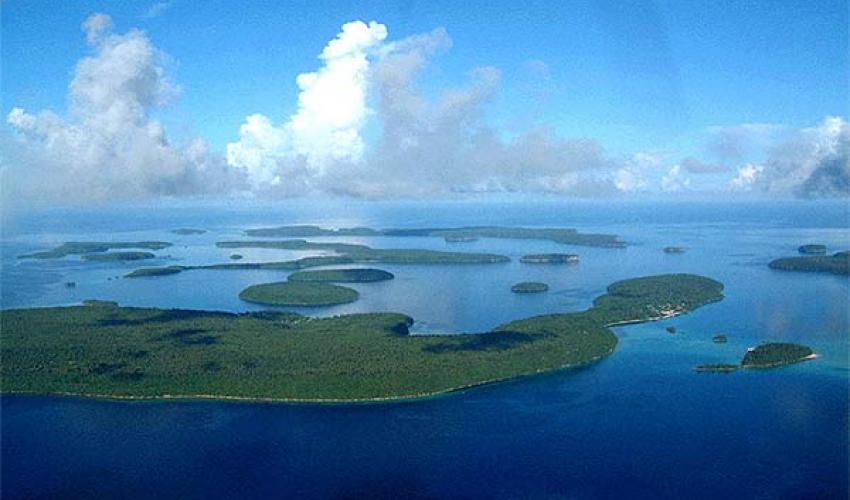
The United Nations declared International Day of Biodiversity (IDB) on 22 May to increase understanding and awareness about issues of biodiversity. The theme of this year's biodiversity diversity was chosen by the United Nations General Assembly in 2014 with the nomination of the International Year of Small Island Developing States.
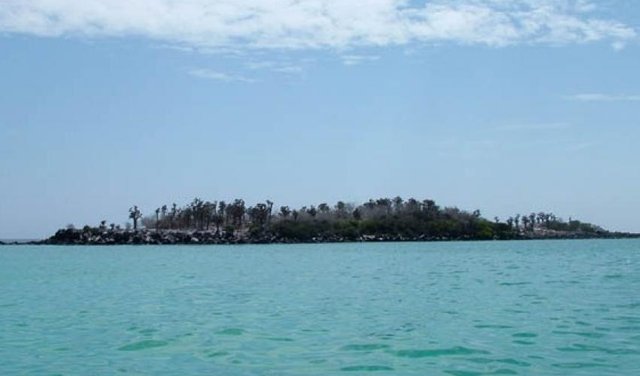
The archipelago is a very special case in the case of biodiversity conservation, which are particularly vulnerable to climate change, the effects of aggressive foreign species, as well as for the greater exploitation of natural resources. For example, the introduction of Small Indian Mongoose (Herpes Javanicus) on the goat islands of Jamaica caused the local extinction of Jamaica Iguana (Cyclura collei). Mongos predates both young iguanas and iguana eggs, and today Jamaica Iguana is only surviving in a small area of Hellshire Hills, Jamaica. A proposed port development in the surrounding Portland Bit-protected area will threaten endangered species in this danger and will reject any future conservation schemes to start the species again in the goat island, which, if this development progresses will be destroyed.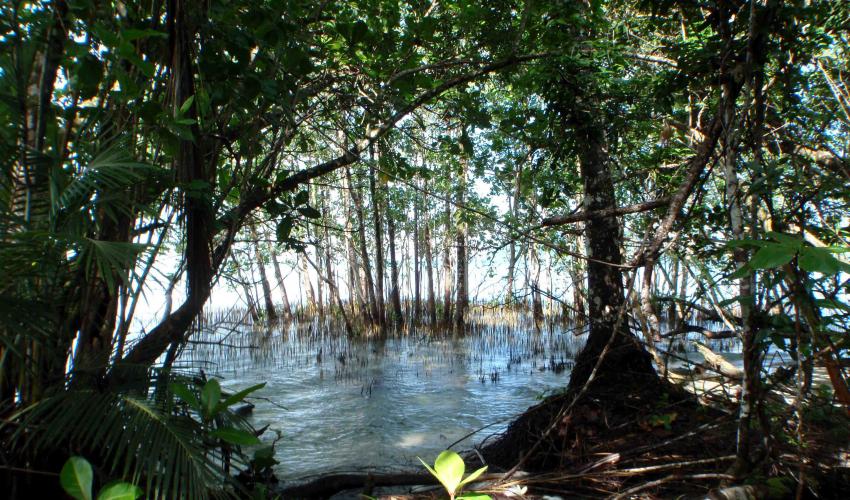
In Europe, the islands are popular tourist sites and the effects of development on the native species are carefully reduced and when evaluated, the threatened species is given legal protection. The Sardinian long-ered bat (Palekotus sardas) was first recognized in 2002 in the island of Sardinia, Italy, and listed as weak on the IUCN Red List. Due to the activities of forestry management, the quality of the species is decreasing in quality and the places of chest being bothered by the tourist site. Thankfully, the highest range from Sardinian Long-erad Bat National Front is preserved in states and is also protected through the Bon Convention (Eurobatus) and the Burn Convention, as well as the EU residence and species director's contract IV. has been done.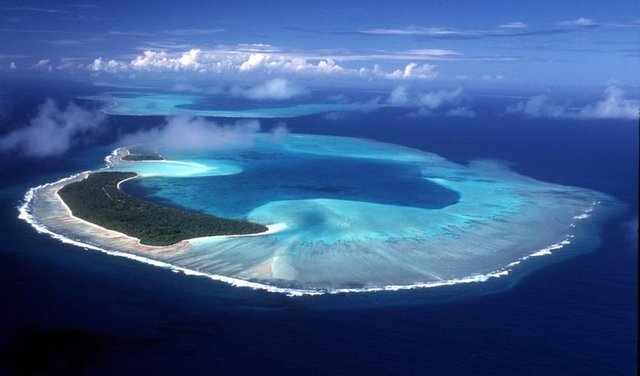
Isabela Island in the Galapagos is one of the world's rare bird species, Mangrove Finch (Camerinchus heliobates) is listed as seriously endangered on the IUCN Red List of Dangerous Species. The main danger to this species is introduced by black mice and blood-sucking parasites (Philorns Downsy) who kills nestling. Thank you for funding from IUCN's partnership initiative SOS - Save our species, the species is benefiting from the head-start program through a project implemented by the Charles Darwin Foundation and the Durrell Wildlife Conservation Trust. Earlier this year, Project Granties had already managed to capture the girls of Mangrove Finch, these birds would be released in their Mangrove forest forests and hopefully the population in new areas will be established. This is just one of the many projects that save the wealth of our species to improve the protection of SOS-island-restricted species.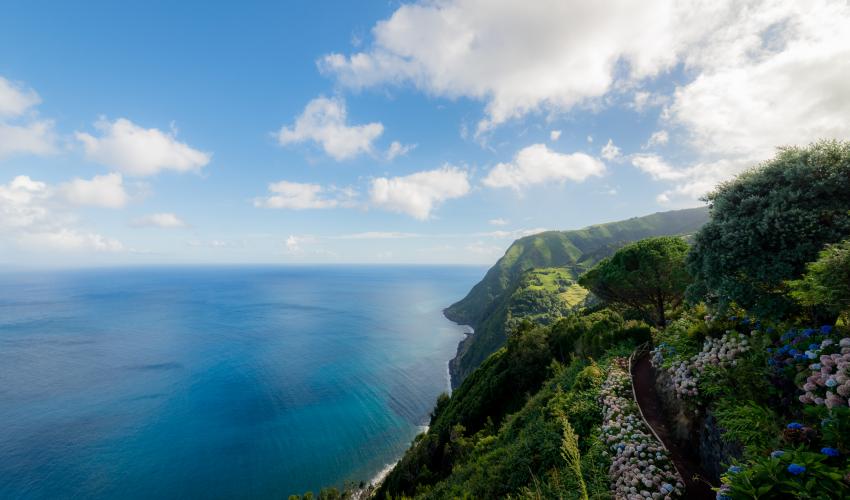
Approximately 30,000 islands are spread over vast areas of the Pacific Ocean and 12% of this area is under conservation, most community-managed protected areas biodiversity and protected area management (biopapa) program is committed to join and support Pacific Islands. , Especially to improve the area of protected area management in the area by the capacity of local conservation physicians. Building. Also, through biopamas, IUCN is using the best available science and knowledge to overcome the information gap between protected areas in African, Caribbean and Pacific countries (ACP) countries and to strengthen policies and make decisions. 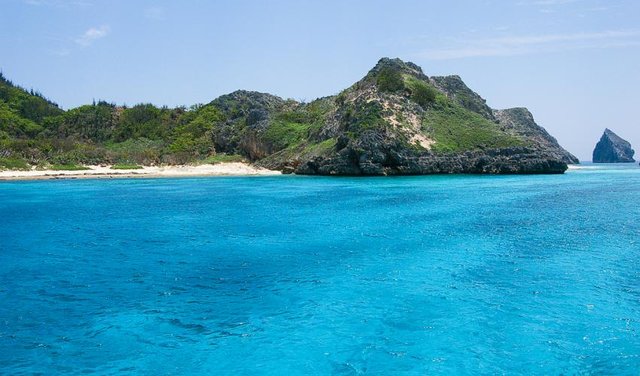
Mangrove ecosystems for the Climate Change Optimization and Livelihood (MESCL) project have been coordinated by IUCN Oceania. The project has sought to increase flexibility in the potential impact of climate change by strengthening the conservation and management of the Pacific Islands group of their mangrove. Tuesday plays an important role in coastal security, sedimentary growth, food security and biodiversity conservation. Floral and veterinary catalog has been organized in venues in Vanuatu, Solomon Islands, Tonga, Samoa and Fiji. These biodiversity surveys, mapping activities, carbon evaluation, economic evaluation and policy and legislation review have contributed to the development of decision-making tools for policy makers in five countries, including a National Mngrove Management Plan for Fiji.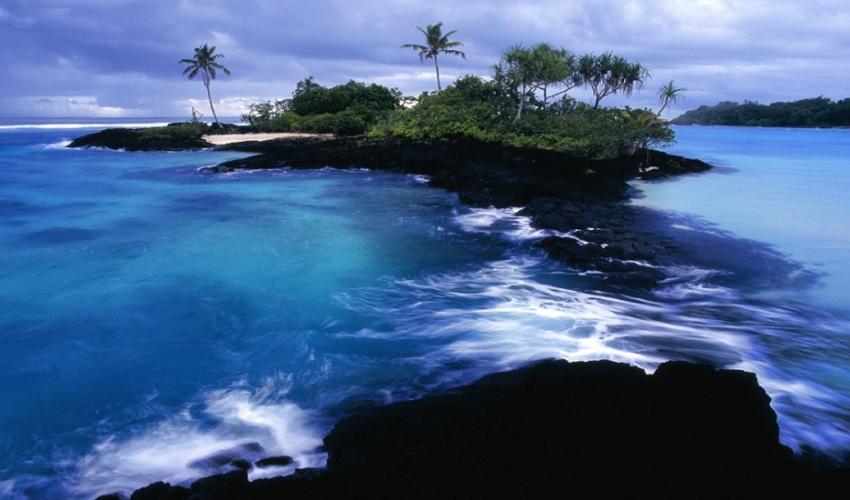
The challenges of small island developing countries are the challenges that all of us face, and the United Nations Conference on Small Island Developing States, held in Apia, Samoa in September, will focus on building partnerships for sustainable development.
@originalworks
The @OriginalWorks bot has determined this post by @arjeshshrama to be original material and upvoted it!
To call @OriginalWorks, simply reply to any post with @originalworks or !originalworks in your message!